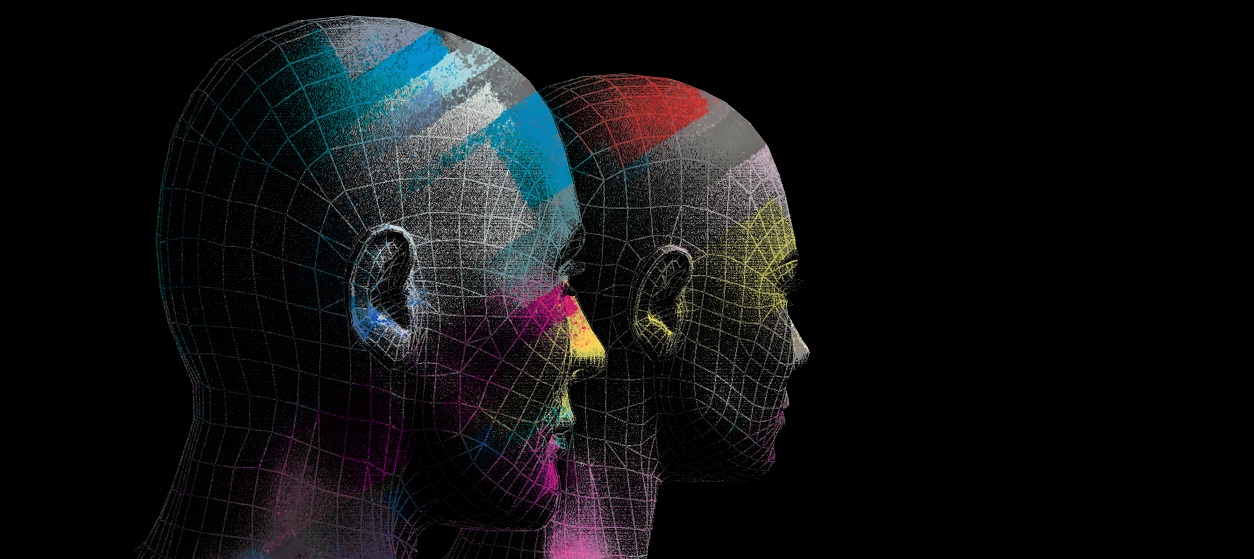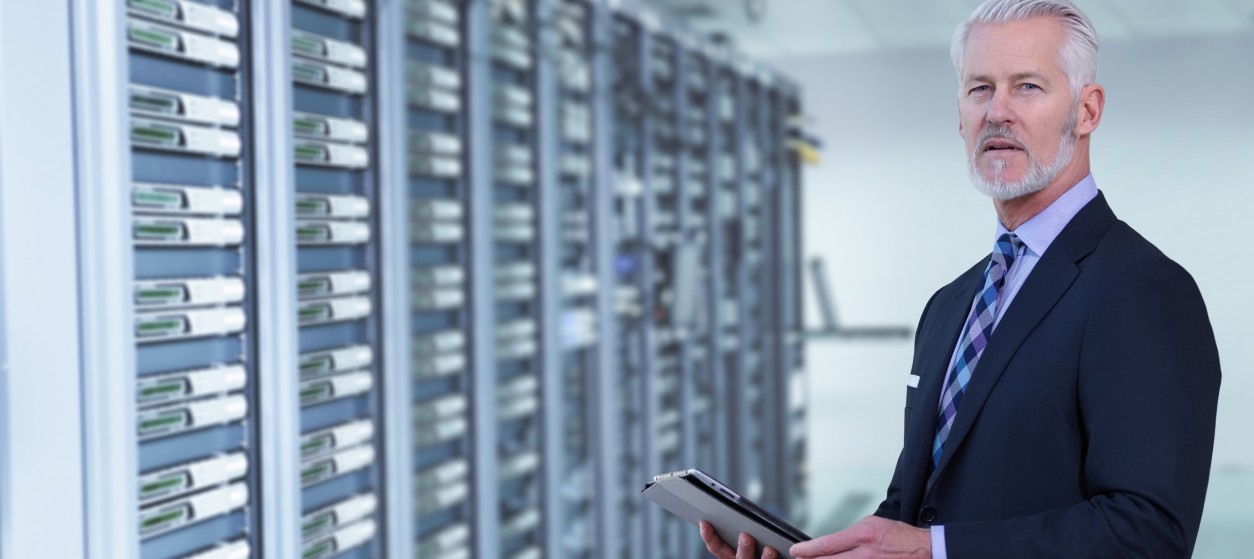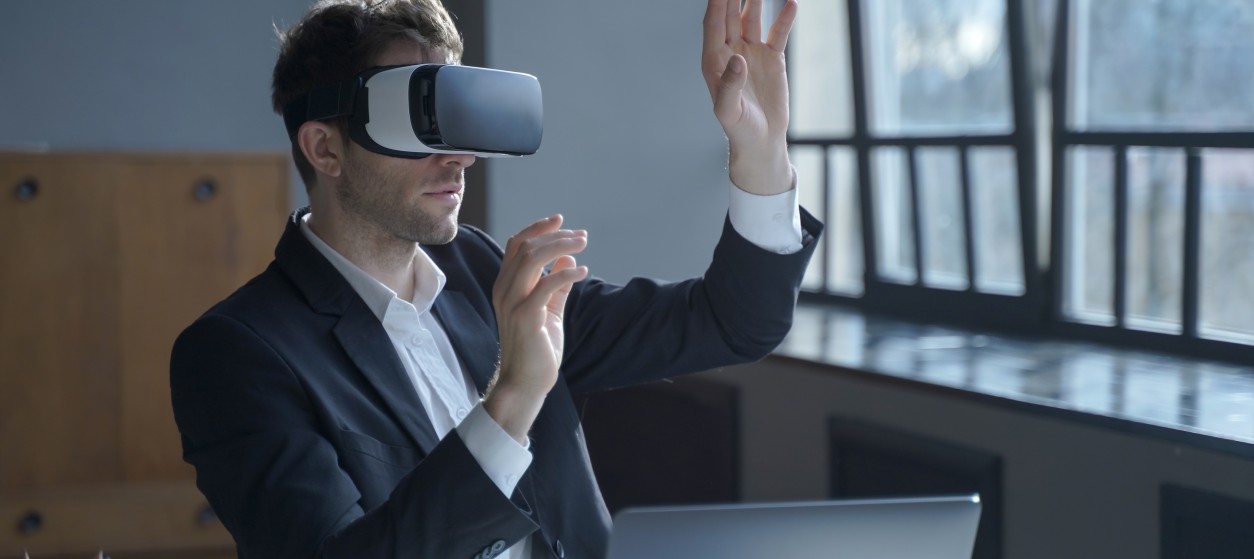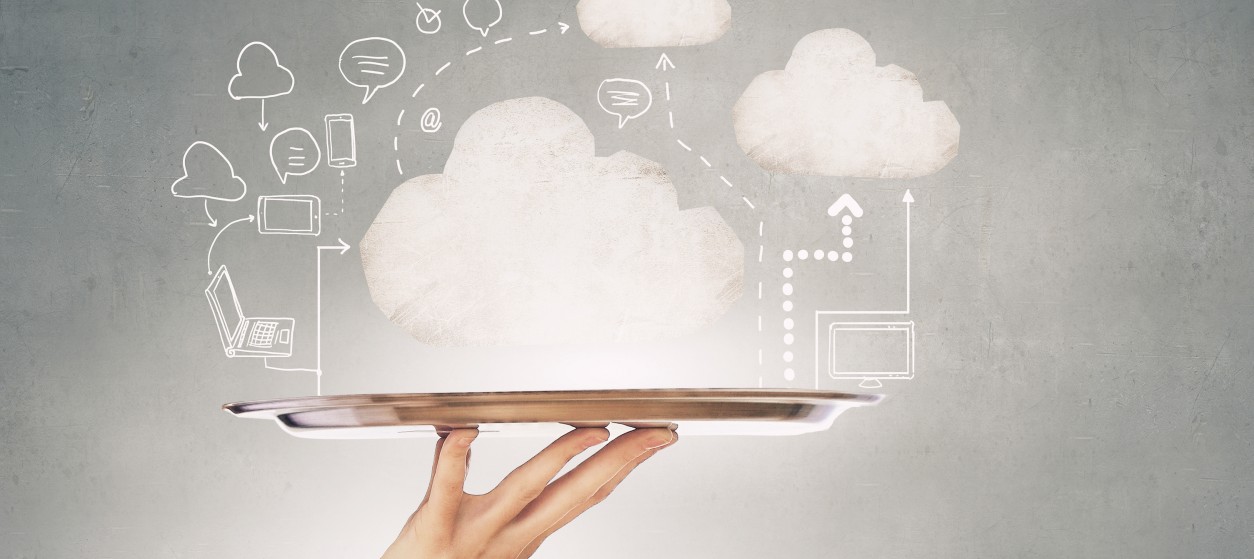The previous two decades of IT and internet were characterized by the replacement of traditional products and services with their digital counterparts. Books transformed into e-books, printed newspapers became digital, music discs are now streamed on-line, conventional signatures were replaced by digital signatures and so on. These transformations are driving the digitization of the various industrial sectors such as news, media and publishing amongst others.
During the past few years, we are also witnessing the digitalization of industrial processes as part of the industrial internet and the rise of fourth industrial revolution (Industry4.0). The digitization of industrial processes is quite different from the digitization of the above listed examples i.e. of media and publications. In particular, industrial processes have a strong physical dimension, as they are composed of machines, automation devices and other forms of operational technology. Contrary to paper and audio devices, physical devices in the industry cannot be simply replaced by a software program, although it is desirable to control them through software. In this context, the digitalization of industry mandates a bridge between the physical and digital world. The development of a digital bridge between a physical object and a software that controls it, is recently empowered by a very powerful concept which is called “digital twin”.
Principles and Operations
A digital twin is a dynamic digital representation of one or more physical devices in the cyber world, which acts as a bridge between the physical and digital world. Specifically, a “digital twin” has the following characteristics:
- It provides a representation of a physical entity in the digital world, which is as close to the reality as possible. This means that a digital twin comprises of the digital attributes that reflect most of the characteristics of the physical entity, along with process models that are suitable for describing the object’s dynamic behavior, including how its characteristics change over time.
- Its state remains synchronized to the status of the physical object in the real world. Changes in the status of the physical object and of the processes where it participates must trigger changes in the status of the digital model and vice versa. Ideally in a digital twin context, the digital representation of any physical object should reflect changes in the status of the object in real-time.
Based on these properties, digital twins can be created for machines, vehicles, tools (e.g., screwdrivers), work stations, engines, turbines, HVAC (Heat Ventilation and Air Conditioning) systems and more. In principle, any physical object can have a digital representation. In practice, such digital models are created and persisted in a cloud computing infrastructure. Their synchronization with the actual physical device is enabled by the deployment of sensors that convey the physical world context to the digital representation. Data from the sensors are used in order to continually collect information about the status of the device and to update the digital twin accordingly. Likewise, digital operations on the digital twin are reflected on the physical object, thanks to the deployment of appropriate actuating functions and devices. In this way, data about the physical devices can be derived instantly which could also be used to analyze against data about a specific business context. On the other hand, a digital twin provides the means for controlling devices and processes in a much flexible and cost-effective way as it’s easier and cheaper to configure IT processes as opposed to operational technology process (e.g., configuration of controllers and industrial devices). This is a great foundation for improving business results, reducing costs and ultimately transforming business operations in many different industrial sectors.
Digital Twin Use Cases and Examples
Controlling physical processes and automation operations based on IT is a primary use of digital twins. Another major use case concerns the exploitation of data from the digital twin in order to simulate operations, evaluate what-if scenarios and ultimately take optimal decisions. Along these general lines, some more specific use cases for digital twin are as follows:
- Field Service Engineering and Worker Safety: Digital Twins can be used to assemble high-fidelity cyber-representations of a plant’s context. Such representations are a foundation for augmented reality (AR) applications, which provide accurate instructions to field workers. Instead of consulting paper manuals, field workers view context-aware AR instructions, which make them much more productive. Furthermore, AR representations of physical objects that are hardly accessible can be provided to them, which eases navigation in harsh environments and boosts workers’ safety.
- Industrial maintenance: Digital twins provide the information needed to predict when maintenance of one or more pieces of equipment is required. This helps to to optimize maintenance schedules. This is groundwork for predictive maintenance, which is the ultimate vision of industrial maintenance and can lead to optimal Overall Equipment Efficiency (OEE). The use of digital twins for predictive maintenance involves the execution of advanced predictive analytics over data from one or more machines in a plant.
- Flexible automation operations: Nowadays there is a need for hyper-efficient plants, which are able to produce customized products with only marginal increase in the production cost. This requires flexible production lines, which can change their configurations in short timescales. Digital twins of these production lines can enable their configuration based on IT software tools. The latter could then execute configuration operations on physical devices that are part of cyber-physical systems (i.e. connected to the cyber world as well). This reduces the time for configuring a production line from several months to few days, which propels the wave of customized products and mass-customization.
- Digital Simulation of automation operations: Digital twins can be also used to simulate industrial automation operations such as the operation of conveyors, assembly lines, sorting operations and more. The simulation is based on digital data about the plant, which are available in the digital twin. This enables the evaluation of what-if scenarios without disrupting plant operations. Digital simulation based on digital twins yields accurate and reliable results, as it is based on up-to-date information about physical devices and processes. Similar simulation processes can be carried out, beyond plants, in settings like energy efficient buildings and various forms of public infrastructure.
Enabling Technologies
As evident from the above-listed examples and use cases, digital twins are used in conjunction with a rich set of other digital technologies, which enable various simulation and control operations. As a prominent example, Big Data analytics is one of the technologies that is used in order to forecasts based on the data of the twin. Likewise, Industrial Internet of Things technologies are closely affiliated to digital twins since these are used to keep them synchronized to the physical world. As another example, cyber-physical systems are an integral element of most of the digital twin applications that involve real-time actuation and control of field operations. The rising momentum of all these technologies are indicative of the opportunities that are now available due to the deployment and use of digital twins.
In the near future we will see a wider deployment and use of digital twins in more industrial sectors and use cases, including consumer settings. It is highly likely that product vendors will provide a digital twin application along with their products. This application will be accessible based on a cloud subscription and will be used to provide accurate information about the status of the product. Take cars as an example: In the future, car owners will be able to access intelligent information about their vehicle in the cloud, based on access and visualization of its digital twin. Furthermore, APIs for digital twin programming will emerge, which will enable a wide range of AI and AR applications. Overall, a lot of exciting opportunities for digital twins lie ahead: Stay tuned.










